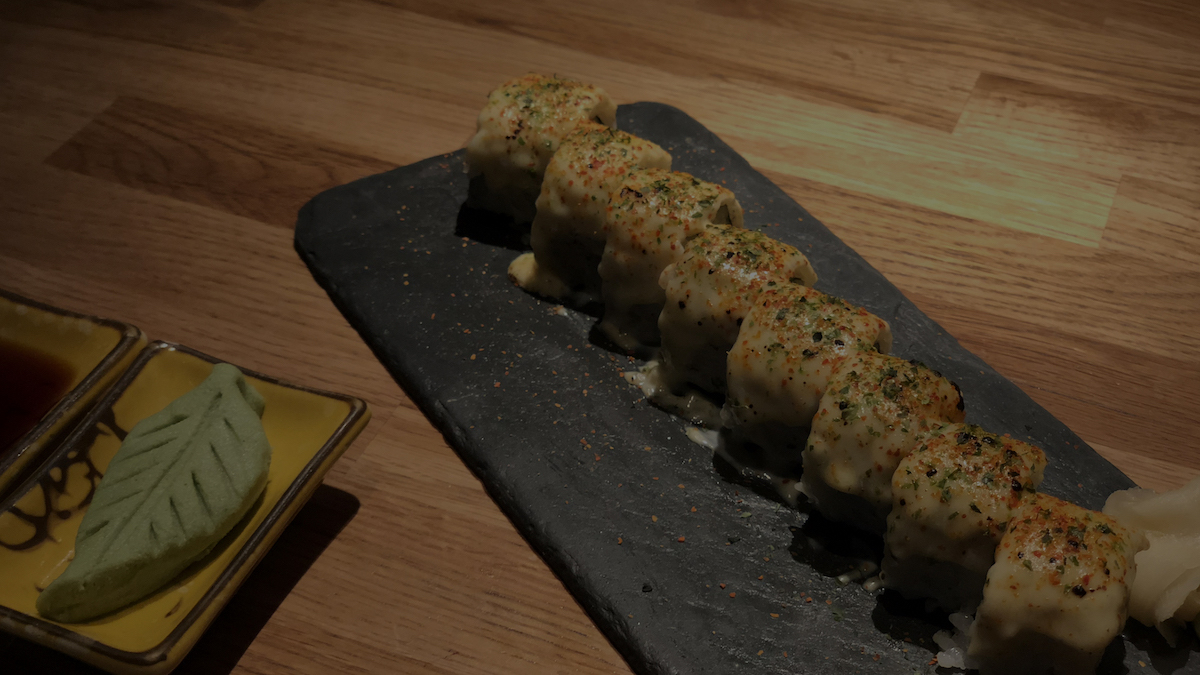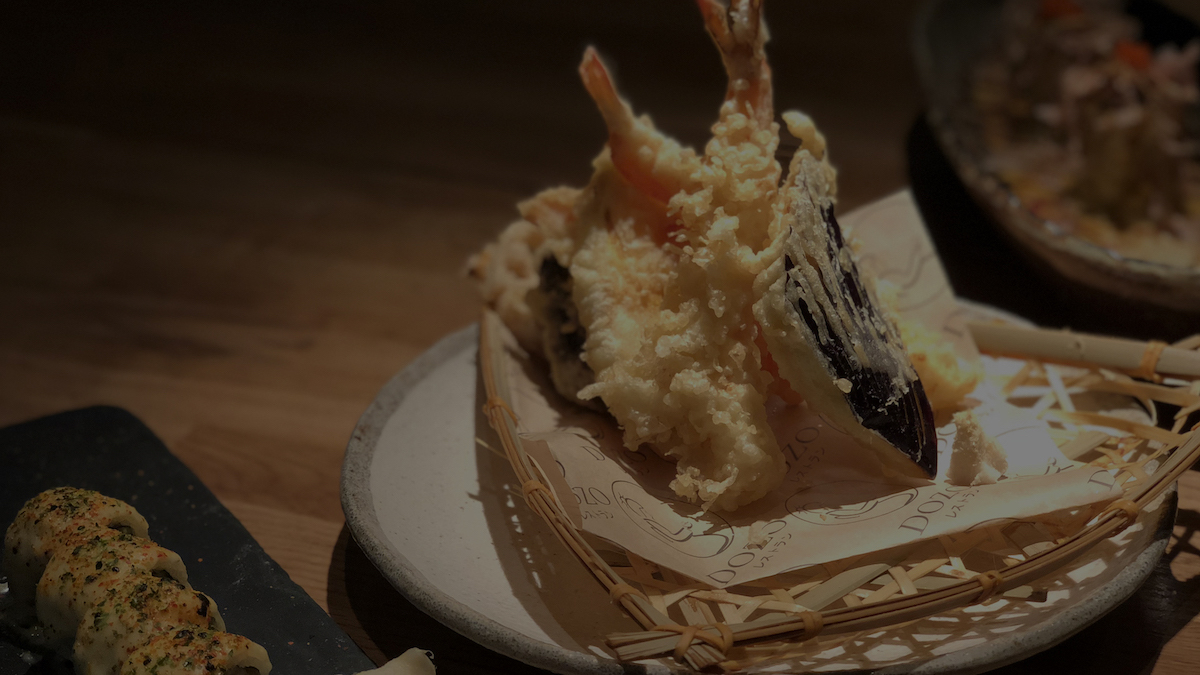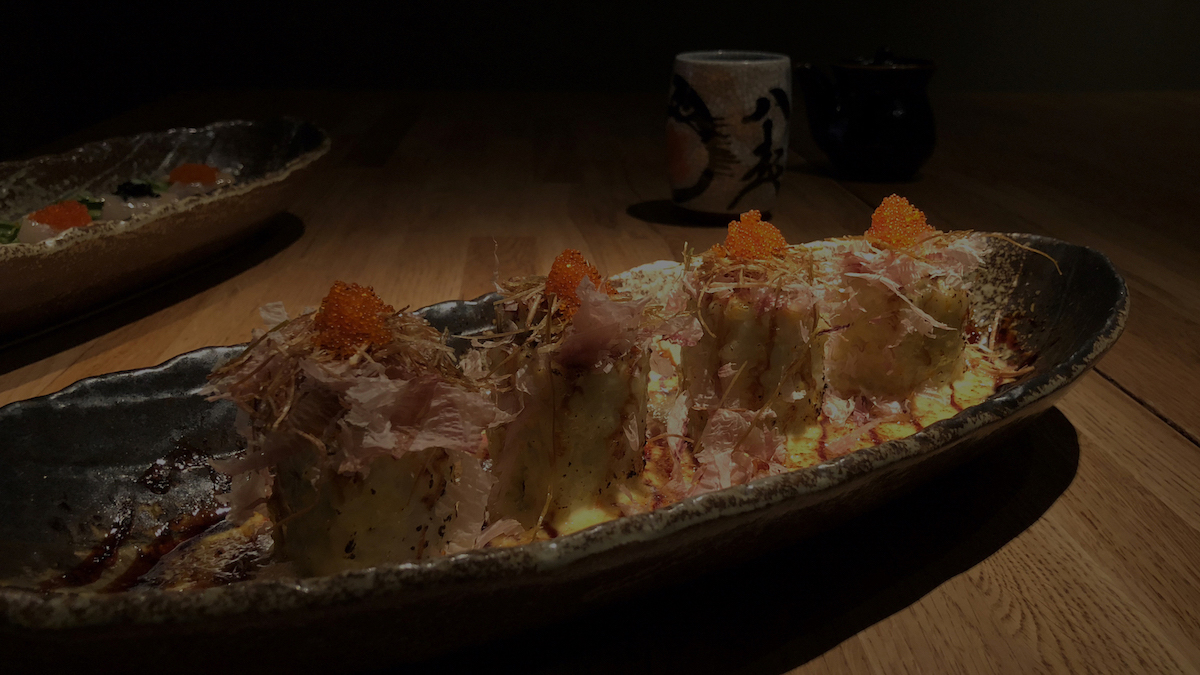The Harmonious Relationship between Japanese and Chinese Cuisine
February 21, 2024

unnamed

Japanese and Chinese cuisines, renowned worldwide for their diverse flavors and meticulous preparation, share a fascinating history of cultural exchange and mutual influence. While distinct in their essence, the culinary landscapes of Japan and China have intertwined over centuries, enriching each other’s traditions and creating a delightful tapestry of culinary delights.
Historical Influences:
The historical ties between Japanese and Chinese food culture stretch back millennia, shaped by trade, migration, and cultural diffusion. China, with its ancient culinary heritage, exerted a significant influence on Japanese cuisine through the introduction of ingredients, cooking techniques, and dining customs.
Example: The adoption of rice cultivation techniques from China played a pivotal role in shaping Japanese cuisine, making rice a staple food and laying the foundation for dishes like sushi and rice-based noodles.
Culinary Exchange:
Throughout history, cultural exchange between Japan and China has facilitated the sharing of culinary knowledge, leading to the fusion of ingredients and cooking methods. This exchange spurred the creation of innovative dishes and culinary practices that reflect the dynamic interplay between both cultures.
Example: Gyoza, Japanese dumplings, originated from Chinese jiaozi brought to Japan by Chinese immigrants during the 19th century. Over time, gyoza evolved into a beloved Japanese dish, with variations like pan-fried and steamed dumplings becoming popular across the country.
Regional Variations:
While influenced by Chinese culinary traditions, Japanese cuisine has developed distinct regional variations shaped by local ingredients, climate, and cultural preferences. Similarly, Chinese regional cuisines showcase a diverse array of flavors, textures, and cooking styles influenced by geographical and historical factors.
Example: Ramen, a beloved Japanese comfort food, has its roots in Chinese wheat noodles introduced to Japan during the late Edo period. Today, regional variations of ramen abound, with styles like tonkotsu, shoyu, and miso reflecting local preferences and culinary innovation.
Modern Dynamics:
In the contemporary culinary landscape, globalization and cultural exchange continue to shape Japanese and Chinese food cultures. The popularity of Japanese cuisine worldwide has led to the proliferation of sushi bars, ramen shops, and izakayas, while Chinese cuisine enjoys widespread appreciation for its diverse flavors and regional specialties.
Example: Fusion cuisine, blending Japanese and Chinese culinary elements, has emerged as a creative culinary trend embraced by chefs worldwide. Dishes like “Sushi Pizza” and “Mapo Tofu Ramen” showcase the innovative fusion of flavors and techniques from both traditions.
Conclusion:
The relationship between Japanese and Chinese cuisine epitomizes a harmonious dance of influence, characterized by historical connections, culinary exchange, regional diversity, and modern innovation. Celebrating this rich tapestry of flavors and techniques not only deepens our appreciation for global gastronomy but also honors the enduring bonds forged by centuries of cross-cultural interaction. As we savor the delights of Japanese and Chinese cuisine, we embrace a shared culinary legacy that transcends borders and celebrates the universal language of food.



